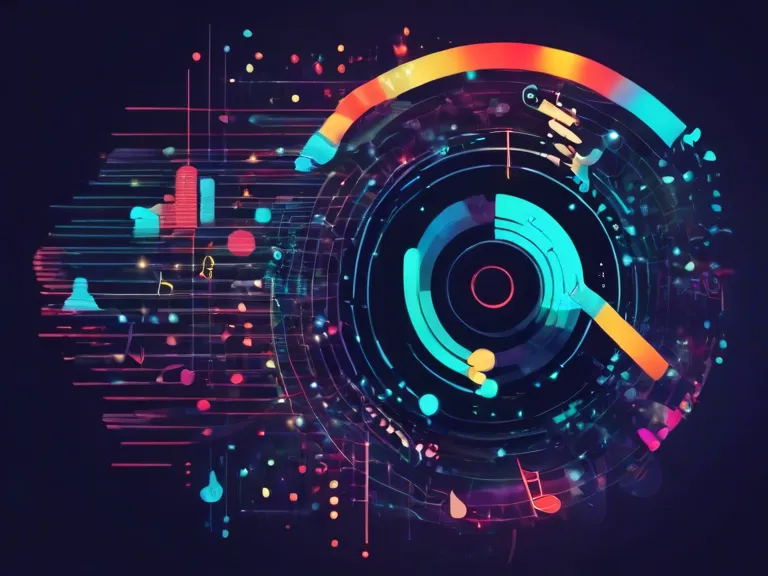
Predicting the Future Hits: Data Science and Music Trend Forecasting
In the ever-evolving landscape of the music industry, staying ahead of the curve is essential for success. With the help of data science, music trend forecasting has become more accurate and efficient than ever before. By analyzing vast amounts of data from streaming services, social media platforms, and other sources, experts can now predict future hits with remarkable accuracy.
One of the key aspects of music trend forecasting is analyzing streaming data. Services like Spotify and Apple Music provide a wealth of information on what people are listening to, how often they are listening, and even where they are located. By tracking the rise and fall of certain songs and artists, data scientists can identify patterns and predict which songs are likely to become hits in the near future.
Social media also plays a critical role in music trend forecasting. Platforms like Twitter, Instagram, and TikTok can provide valuable insights into what songs are resonating with audiences and which artists are gaining popularity. By monitoring hashtags, mentions, and engagement metrics, data scientists can gauge the buzz around certain songs and predict their potential for success.
In addition to streaming and social media data, music trend forecasting also takes into account factors like radio airplay, music sales, and even cultural trends. By combining all of these data points, experts can create a comprehensive picture of the current music landscape and make informed predictions about future hits.
Overall, data science has revolutionized the way we predict music trends. By harnessing the power of big data and cutting-edge analytics, experts can now forecast future hits with a high degree of accuracy. As technology continues to advance, we can expect music trend forecasting to become even more precise and influential in shaping the music industry.



